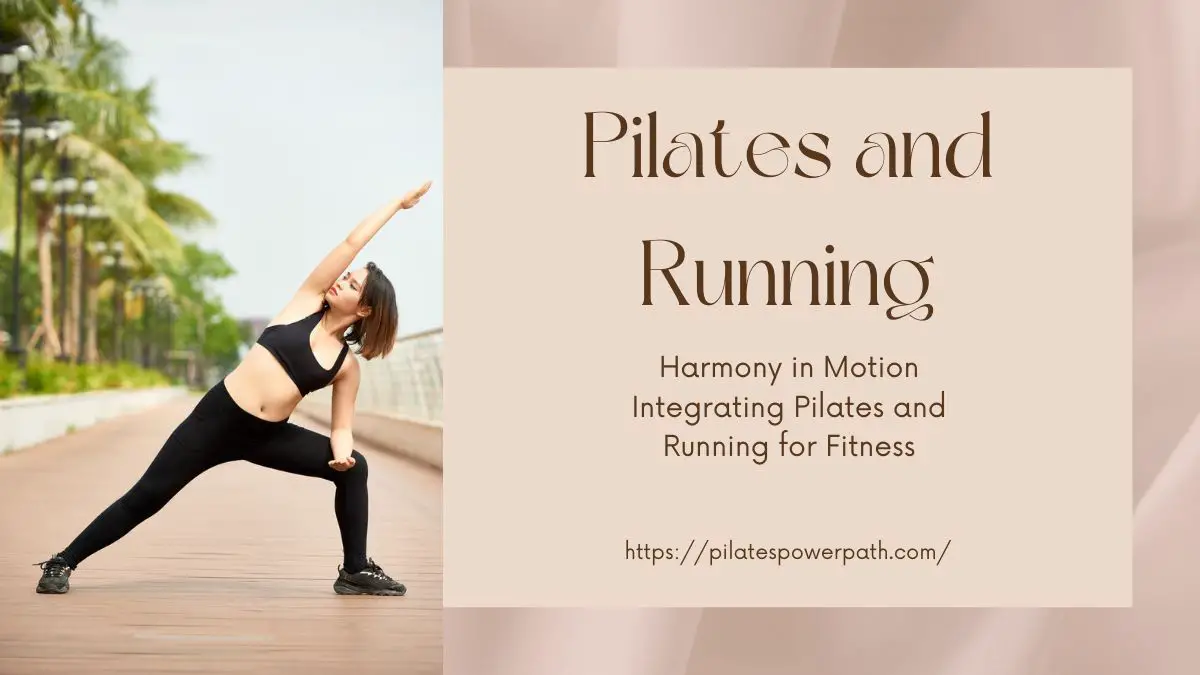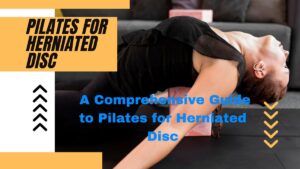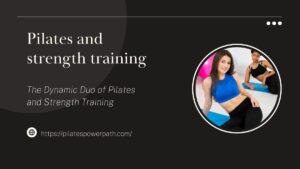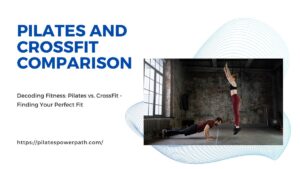Welcome to the world where the gentle precision of Pilates meets the rhythmic stride of running – a perfect union that can transform your fitness journey. In the pursuit of holistic well-being, the integration of Pilates and running has emerged as a game-changer. This dynamic duo offers a unique synergy, enhancing core strength, flexibility, and mental resilience. In this article, we will explore the profound benefits, effective integration strategies, and specific exercises that bridge the gap between these two seemingly distinct forms of exercise.
Benefits of Pilates for Runners
Core Strength and Stability
At the heart of Pilates lies a focus on core engagement, reaching beyond the superficial abdominal muscles. The exercises target the deep stabilizing muscles, fortifying the core’s foundation. As a runner, this translates to improved posture and form during those long miles. The stability gained through Pilates enhances your ability to maintain optimal alignment, reducing the risk of injury and enhancing overall running efficiency.
Flexibility and Mobility
Running is an activity that places repetitive stress on certain muscle groups. Pilates, with its emphasis on controlled and elongated movements, acts as a counterbalance. It lengthens tight muscles, promoting a wider range of motion in joints critical for running. This increased flexibility not only aids in injury prevention but also contributes to smoother, more efficient strides.
Read More: Harmony in Healing: The Synergy Between Pilates and Physical Therapy
Mind-Body Connection
Pilates is more than just physical exercise; it’s a mental discipline that emphasizes breath, concentration, and precise movements. This mind-body connection cultivated in Pilates is invaluable for runners. By honing focus on breath and alignment, runners can better endure the mental challenges of long-distance running. The meditative aspects of Pilates complement the endurance required for extended periods on the road or trail.
Integrating Pilates into Running Training
Pre-run Pilates Routine
The journey begins before your first step. Incorporating a pre-run Pilates routine primes your body for the demands of running. Dynamic warm-up exercises, such as leg swings and hip circles, activate the muscles you’ll be engaging during your run. Pilates movements like the “Roll-Up” and “Single Leg Stretch” can specifically target core activation and enhance overall body awareness, preparing you for the miles ahead.
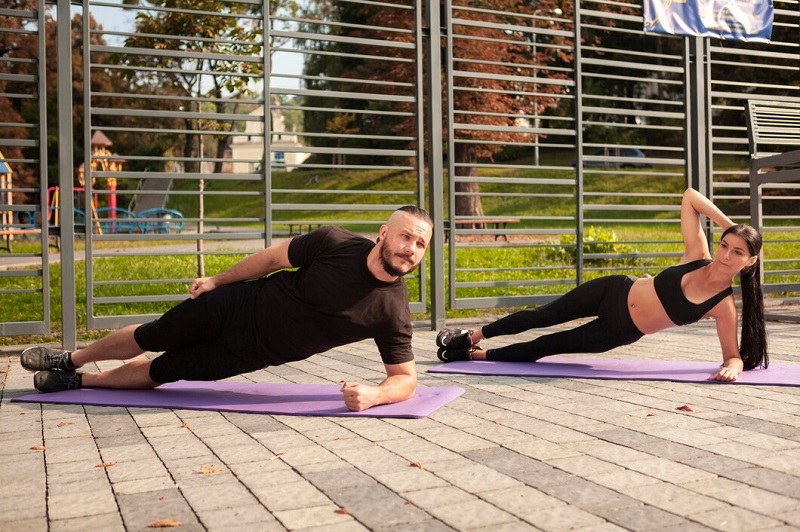
Post-run Pilates Routine
As you cross the finish line, your body craves recovery. A post-run Pilates routine can aid in reducing muscle soreness and promoting flexibility. Stretching exercises like the “Swan Dive” and “Mermaid Stretch” help release tension in the back and hips. Incorporating recovery-focused Pilates movements, such as gentle twists and spinal articulation exercises, ensures your body recovers effectively, ready for the next run.
Specific Pilates Exercises for Runners
Mat Exercises
The Hundred for Core Activation
The quintessential Pilates exercise, “The Hundred,” is a dynamic movement that engages the entire core. By lifting the legs off the ground while pumping the arms, you activate the deep abdominal muscles. This exercise not only builds core strength but also enhances endurance – a crucial asset for runners tackling long distances.
Single Leg Stretch for Hip Flexor Flexibility
Running places significant strain on the hip flexors. The “Single Leg Stretch” in Pilates involves bringing one knee towards the chest while extending the other leg. This movement targets the hip flexors, improving flexibility and reducing the risk of tightness or discomfort during runs.
Reformer Exercises
Footwork for Lower Limb Strength
The Reformer, a key Pilates apparatus, offers unique exercises beneficial for runners. “Footwork” on the Reformer involves pushing against resistance with the legs, building lower limb strength crucial for powering through runs. The controlled movement also enhances ankle stability – an often overlooked aspect of running biomechanics.
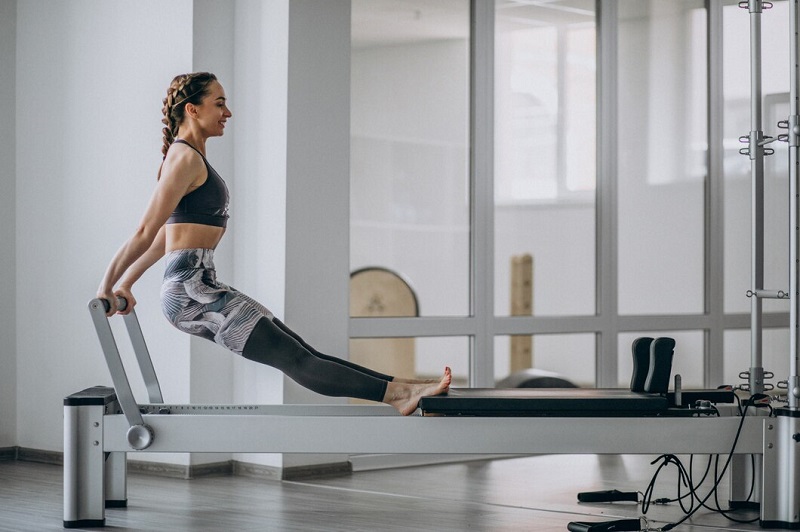
Long Stretch Series for Upper Body Stability
A strong upper body contributes to overall running efficiency. The “Long Stretch Series” on the Reformer involves dynamic movements that engage the shoulders, arms, and upper back. Improved stability in the upper body translates to better control and balance during runs, particularly on uneven terrain.
Addressing Common Running Injuries with Pilates
IT Band Syndrome
IT band syndrome is a common ailment among runners, often stemming from weak hip abductors. Pilates offers targeted exercises like the “Side Leg Lift Series” that strengthen these crucial muscles. By addressing the root cause, Pilates becomes a preventive and rehabilitative tool for IT band issues.
Shin Splints
Shin splints, characterized by pain along the shinbone, can be mitigated with Pilates exercises. Movements like “Calf Raises” and “Toe Taps” strengthen the calf and shin muscles, providing the necessary support to alleviate shin splint discomfort.
Knee Pain
Runners frequently encounter knee pain, often associated with muscle imbalances or weakness. Pilates exercises like “Leg Press” and “Inner Thigh Lifts” target the muscles around the knee, promoting strength and stability. This proactive approach can be instrumental in preventing and managing knee pain.

Tips for Beginners
Embarking on a new fitness journey can be both exciting and challenging. For those new to the integration of Pilates and running, here are some essential tips to ensure a seamless and effective transition.
Gradual Integration of Pilates into Running Routines
Start with a modest integration of Pilates into your running routine. Begin with one or two Pilates sessions per week, gradually increasing frequency as your body adapts. This incremental approach allows for a smoother transition and minimizes the risk of overexertion.
Seeking Professional Guidance for Personalized Programs
Consider consulting a certified Pilates instructor or fitness professional to create a personalized program tailored to your specific needs and goals. A professional can assess your current fitness level, running habits, and any pre-existing conditions to design a program that optimally complements your running routine.
Staying Consistent for Long-Term Benefits
Consistency is key in any fitness regimen. Commit to regular Pilates sessions to experience the full spectrum of benefits. Whether you’re aiming to improve your running performance, prevent injuries, or simply enhance overall well-being, the cumulative effects of consistent practice will contribute to your long-term success.
Conclusion
In the symphony of fitness, the harmonious blend of Pilates and running creates a melody of strength, flexibility, and endurance. The benefits are not confined to the physical realm; this fusion extends to mental resilience, enhancing the overall quality of your fitness journey. As you lace up your running shoes and unroll your Pilates mat, remember that this dynamic combination is more than a trend – it’s a holistic approach to well-being that can elevate your fitness experience.
So, whether you’re a seasoned marathoner or a novice jogger, consider the transformative potential of uniting Pilates and running. The road ahead is not just a path of miles but a journey towards a healthier, stronger, and more balanced you.
FAQs about Pilates and Running
Yes, Pilates can significantly enhance running performance by targeting core strength, flexibility, and overall body awareness. Improved biomechanics and muscle balance can contribute to better-running efficiency and reduced risk of injuries.
Beginners may start with one or two Pilates sessions per week, gradually increasing frequency based on comfort and adaptability. Advanced practitioners might integrate Pilates more frequently, customizing their approach based on individual goals and training intensity.
Absolutely. Post-run Pilates routines, focusing on stretching and recovery movements, can aid in reducing muscle soreness and promoting flexibility. These sessions contribute to a faster and more effective recovery, ensuring your body is ready for the next running challenge.

